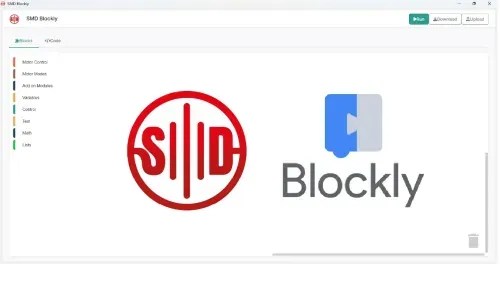This article explains how to use PID controllers to solve a real-world balance problem. We need to calculate PID gains to do so. Let’s start first with the Ziegler-Nichols method:
Ziegler-Nichols Method
Ziegler-Nichols method is very useful for calculating the controller gains. This method begins by zeroing the integral and differential gains. After this step, the proportional gain is increased until the system oscillates. After finding the proportional gain that makes the system oscillate, the other gains of the controller are calculated with the help of the table below.

To use this method, you can follow the steps below:

Damping
In the real world, friction affects the behavior of the systems. If there were no frictions, the systems wouldn’t stop and oscillations would continue indefinitely.

If friction becomes zero, some systems can behave infinitely like Figure 3.
If the damping ratio gets close to zero, the system will spend more time stopping. If the system can’t stop, it is called oscillation. In the oscillation, the system moves between some of the points. The step response is a commonly used method to analyze systems’ behavior. The system’s behavior can be followed by a step response. In figure 4, we can easily see the relevance between the damping ratio and system behavior. For example, the system can directly reach the set point when ζ=1 however if ζ=0, the system can’t stop and reach the set point.
We can classify the damping ratio for its oscillation types. We can show the damping ratio with the ζ (Tau) symbol and it is classified as follows:
- ζ<1 The system is underdamped
- ζ>1 The system is overdamped
- ζ=1 The system is critically damped
We can easily understand what the damping ratio means in real life using Acrome’s Ball Balancing Table. The animations below show different damping ratios which are changed using the controller’s PID parameters.

In figure 4, the ball movement shows a critically damped behavior. It can reach to set point fastly with zero error. We can consider that the ball’s ζ is close to 1.


In Figure 6, the ball behaves overdamped. It reaches a set point slowly, which means the ζ>1.

In Figure 7, the ball behaves in unstable behavior. It can’t reach the set point. Also, the ball draws a random direction on the table

Balancing is a very common problem in the industry. Some of the systems are affected by balance. So the system’s balance should be under control. For example, planes can change direction by balance. Moreover, you have already seen in MotoGP™ riders change motorbikes’ slopes instead of turning the handlebar for changing direction.

One Dimensional Balance Problem
Aircraft Roll Motion can also be considered as another real-life example of a balancing problem.

Rotation around the front to the back axis is called roll. On the outside of a wing, there are small hinged portions called ailerons. An airplane can produce a rolling motion by using its ailerons. Ailerons usually work in opposite positions. For both wings, the lift force (Fr or Fl) of the wing section through the aileron is applied at the section’s aerodynamic center, which is some distance (L) from the aircraft’s center of gravity. This creates a torque T=F x L

If the ailerons are not controlled correctly, the aircraft will move undesirably. It is exactly what happens in a 1-D ball-balancing application. It can be simulated in a controlled lab using experiment systems such as ACROME’s Ball and Beam System. The Ball and Beam System is one of the real-life applications of the rolling event. Students can experiment with this 1-D balancing application and work with the PID controllers to understand the effect of the ailerons.

You can watch using the Ball and Beam Video
You can read more on how Ball and Beam works.
Two Dimensional Balance Problem
The Acrome Ball balancing table is a good experiment for 2-D PID control.

Now let’s focus on another angle of control of the airplanes: The Pitch angle. The pitch angle of the planes can be controlled by another wing set called the Elevator. Similar to the ailerons, the elevator is also controlled (up and down) to control the pitch angle of the airplanes.

This is analogous to controlling the ball with 2 servo motors. How can we do that?
One of the motors can control x dimension and the other motor control y dimension.Each motor has different PID controlersl so one motor can only control one dimension.

You can read more on how the Ball Balancing Table is working.
This concludes our blog about the PID controller. We hope you enjoyed this document.
Feel free to contact us with your questions or recommendations about the PID controllers.









